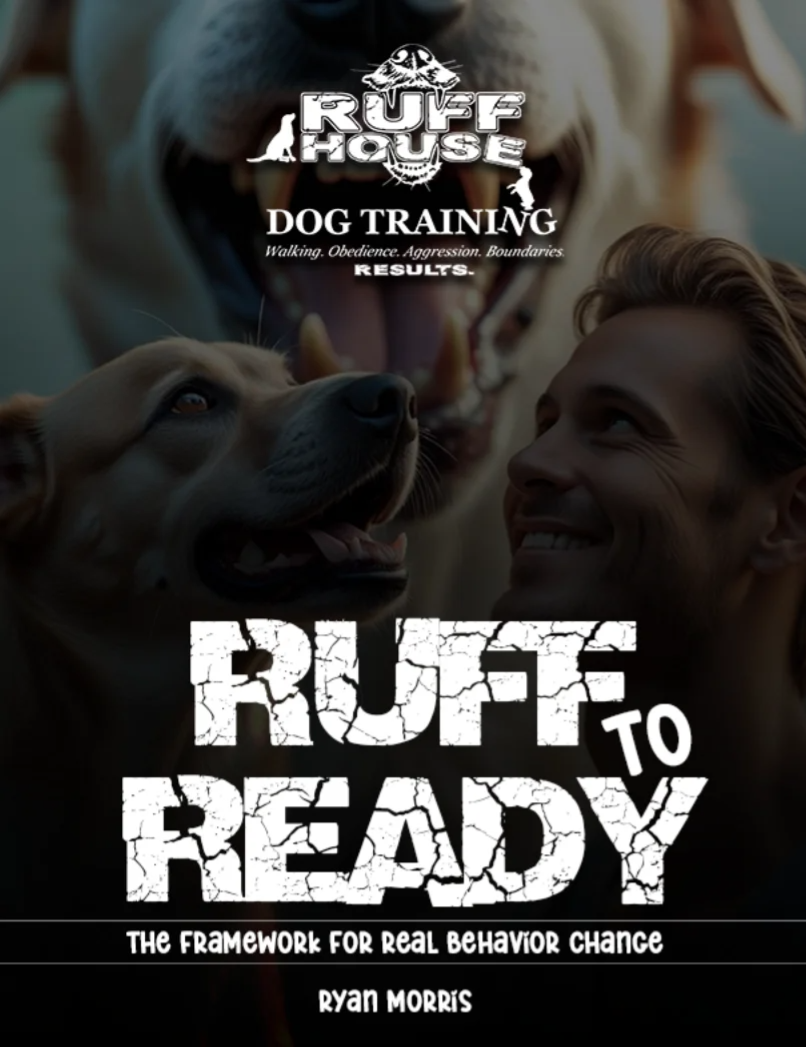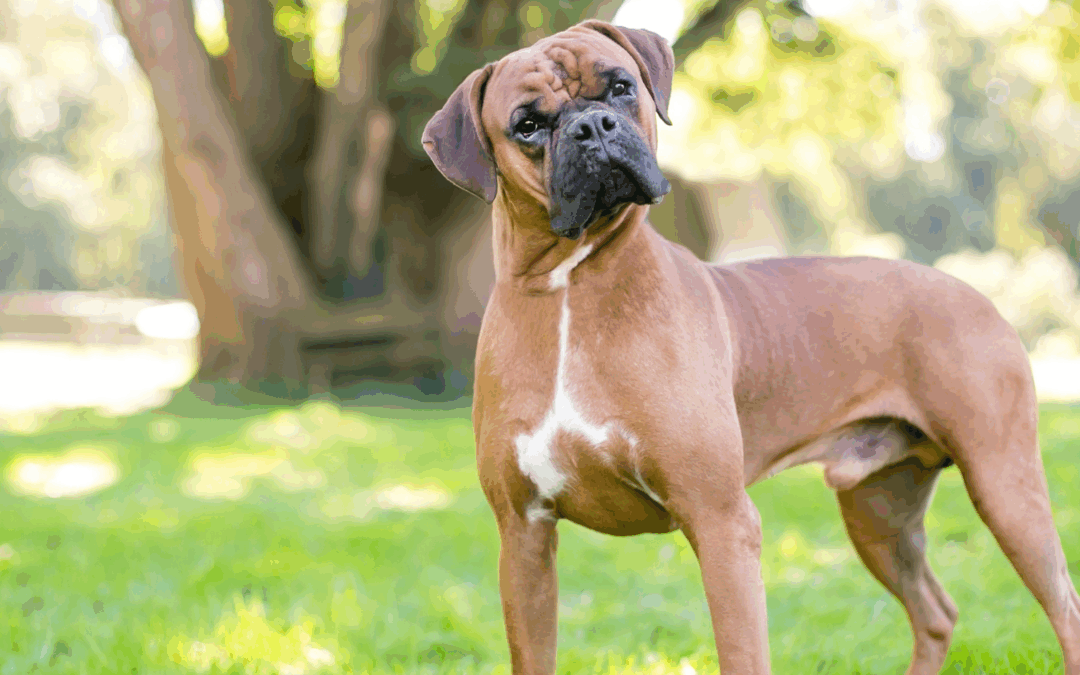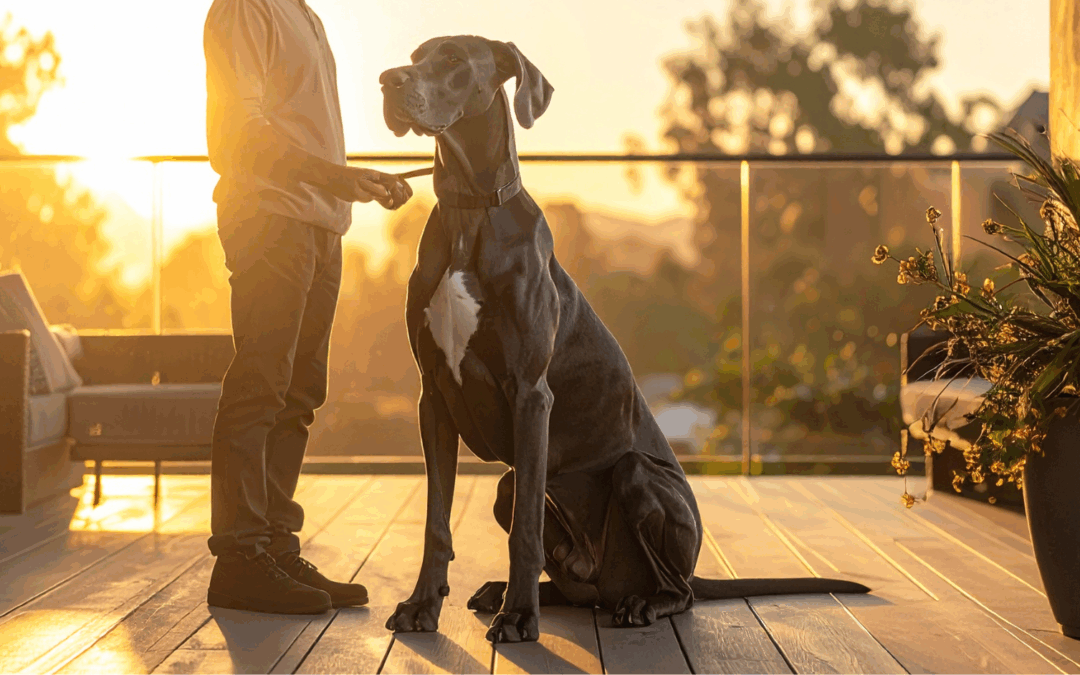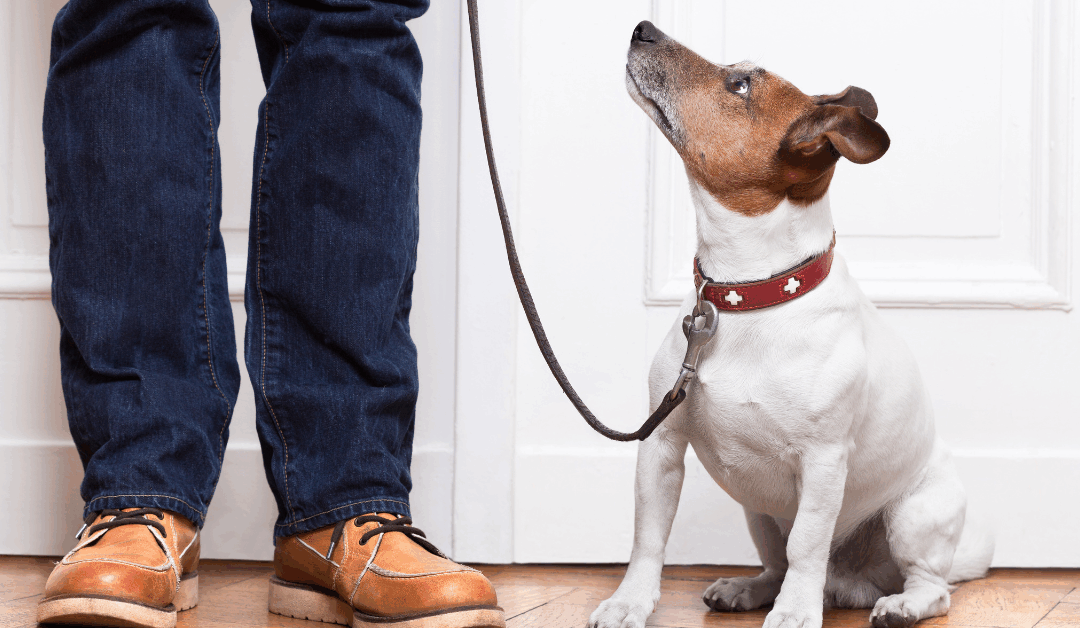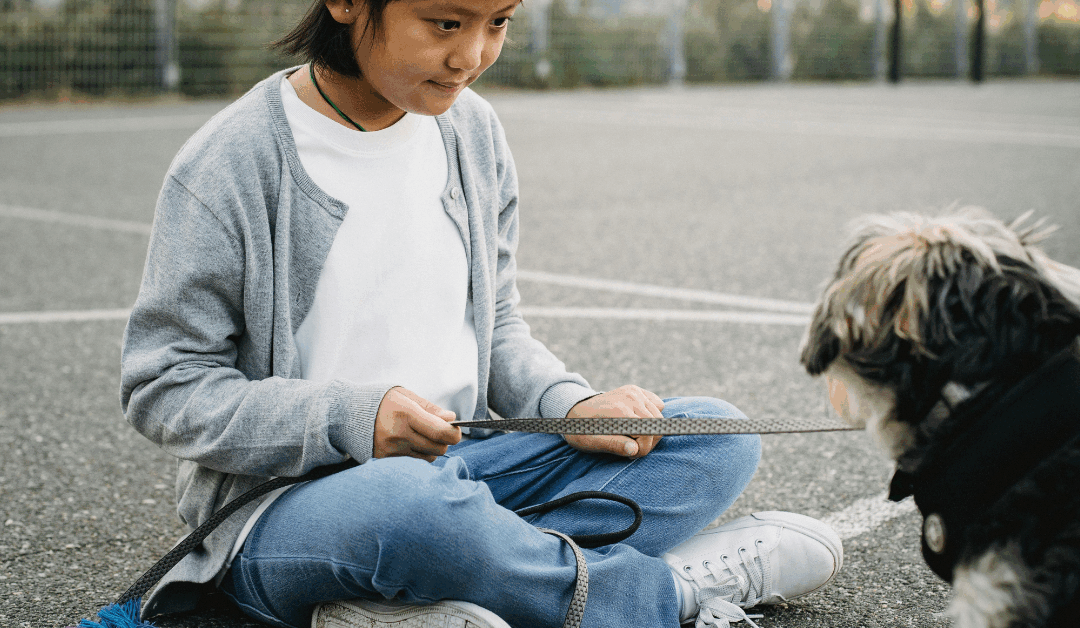Crate training is one of the most valuable skills you can teach your dog, yet many pet owners struggle with the process or avoid it entirely due to misconceptions. When done correctly, a dog crate becomes your pup’s safe space—a cozy den where they can retreat, relax, and feel secure. This comprehensive guide will walk you through everything you need to know about crate training, from selecting the right crate to troubleshooting common challenges.
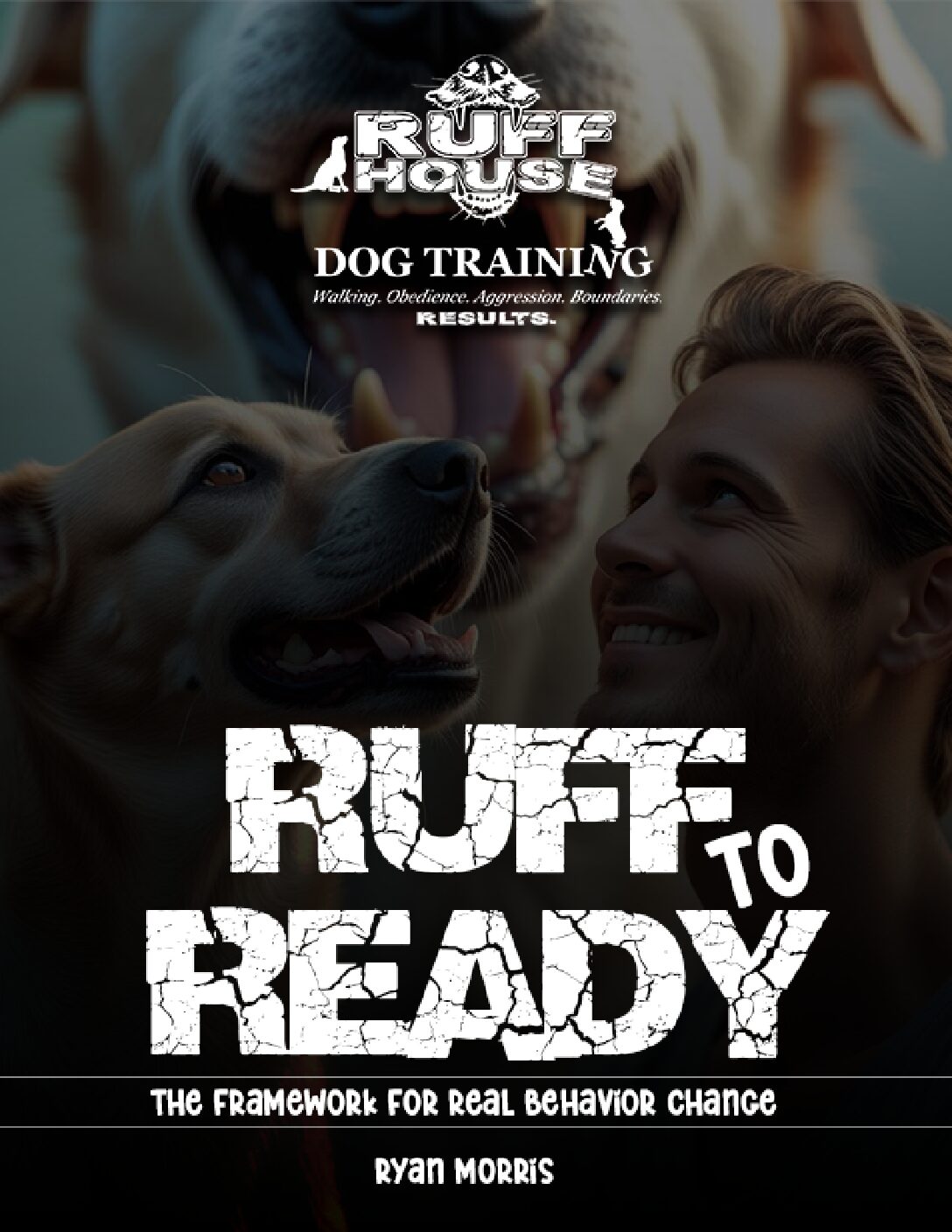
Unlock Real Behavior Change – Download Your Free Guide Now
"*" indicates required fields
Whether you’re bringing home a new puppy or working with an adult dog who’s never been crated, the techniques in this guide will help you create good associations with the crate while establishing healthy routines for your entire household. Professional dog trainers consistently recommend crate training as a foundation for house training, preventing destructive behaviors, and ensuring your pet’s safety during travel or emergencies.
The key to successful crate training lies in patience, consistency, and making the experience as positive as possible for your dog. By the end of this guide, you’ll have all the tools necessary to help your furry friend view their crate as their personal sanctuary rather than a place of confinement.

Photo by Impact Dog Crates on Pexels
Understanding the Benefits of Crate Training
Creates a Safe Space for Your Dog
Dogs are naturally den animals, which means they instinctively seek out small, enclosed spaces where they feel protected and secure. A properly introduced crate taps into this natural behavior, providing your dog with their own private retreat from human interaction or other pet interactions. This safe space becomes especially valuable during stressful situations like thunderstorms, fireworks, or when guests visit your home.
When your dog learns to associate their crate with comfort and security, they’ll often choose to spend time there even when the door remains open. Many dog owners report that their pets continue using their crates as preferred sleeping spots long after the initial training period ends.
Accelerates House Training
Crate training significantly speeds up the house training process because dogs naturally avoid soiling their sleeping area. When properly sized, a crate encourages your dog to “hold it” until they can be taken outside to their designated bathroom spot. This natural tendency helps establish a reliable routine for bathroom breaks and reduces accidents inside your home.
The confined space also makes it easier for you to monitor your dog’s behavior and recognize the early signs that they need to go outside, even before they are house-trained. Over time, this creates a predictable schedule that benefits both you and your pet.
Prevents Destructive Behavior
Young puppies and newly adopted adult dogs often engage in destructive behaviors when left unsupervised—chewing furniture, digging in houseplants, or getting into garbage cans. A crate provides a secure environment where your new dog can’t access these tempting items during time spent in the crate when you can’t provide direct supervision.
This prevention is particularly important during your dog’s adjustment period, as it helps them avoid developing bad habits that can be challenging to break later on. Instead of constantly correcting unwanted behaviors, crate training allows you to proactively manage your dog’s environment.
Simplifies Travel and Veterinary Visits
Dogs who are comfortable in crates adapt much more easily to car travel and veterinary visits. Many veterinary clinics use crates for overnight stays or recovery periods, so a dog who already views crates positively will experience less stress during these situations.
Additionally, crate-trained dogs are generally calmer during car rides because they have a familiar, secure space even in a moving vehicle. This makes family trips and routine car rides more enjoyable for everyone involved.
Choosing the Right Dog Crate to Train Your Dog
Size Considerations
Selecting the appropriate crate size is crucial for successful training. The crate should be large enough for your dog to stand up, turn around, and lie down comfortably, but not so large that they can use one end as a bathroom and the other for sleeping. For adult dogs, measure your pet and add 2-4 inches to their height and length to determine the ideal crate dimensions.
If you’re training a puppy, you have two options: purchase an adult-sized crate with divider panels that can be adjusted as your puppy grows, or start with a smaller crate and upgrade as needed. The divider approach is often more economical and ensures proper sizing throughout your puppy’s development.
Crate Types and Materials
Wire crates offer excellent ventilation and visibility, making them ideal for dogs who like to observe their surroundings. The crate bars can be folded down for easy storage and transport. Plastic crates provide a more den-like environment and are often preferred by dogs who seek enclosed, cozy spaces. These crates are also airline-approved for travel.
Soft-sided crates work well for small, well-behaved dogs and are lightweight for travel, but they’re not suitable for dogs who might chew or scratch. Heavy-duty crates are necessary for dogs with separation anxiety or escape tendencies, as they’re constructed from reinforced materials that resist damage.
Essential Crate Accessories
A soft blanket or crate pad makes the space more comfortable and inviting. Choose washable materials in case of accidents, and avoid anything with loose threads or stuffing that could be ingested if chewed. Some dogs prefer the coolness of the bare crate floor, especially during warm weather, so let your pet’s preferences guide your choices.
Water dishes that attach to crate bars prevent spills while ensuring your dog stays hydrated during longer crating periods. However, water should generally be removed during house training to prevent accidents and reduce the need for bathroom breaks.
Step-by-Step | Crate Train Your Dog
Initial Introduction to the Crate
Begin by placing the crate in a common area of your home where your family spends time, such as the living room or kitchen. Leave the crate door open and allow your dog to investigate at their own pace. Some dogs will immediately explore the new addition, while others may be more cautious.
Place a few treats just inside the crate entrance and praise your dog when they show any interest in the crate. Avoid forcing your dog into the crate during this initial phase, as this can create negative associations that will make the training process much more difficult.
Make the crate inviting by adding a soft blanket and perhaps a favorite toy. The goal is to create positive associations with the space before ever closing the door.
Gradually Increasing Crate Time
After your dog comfortably eats meals in the crate, you can begin closing the crate door for short periods while they eat. Start by closing the door for just a few seconds, then gradually increase the duration. Always open the door before your dog finishes eating to prevent anxiety about being trapped.
Once your dog accepts having the door closed during meals, you can extend the time they spend in the crate after eating. Add just a few minutes initially, gradually working up to 10-15 minutes while you remain in the same room.
Use a calm, cheerful voice to praise your dog while they’re in the crate, and avoid making a big fuss when you let them out. The goal is to make crating seem like a normal, unremarkable part of their routine.
Extending Time and Distance
As your dog becomes more comfortable spending short periods in the crate while you’re nearby, you can begin leaving the room for brief intervals. Start with just a minute or two, then gradually increase the duration as your dog remains calm and quiet.
The key to success during this phase is to avoid returning to the crate if your dog is whining, barking, or showing signs of distress. Wait for a moment of quiet before returning, as this teaches your dog that calm behavior leads to freedom, while anxious behavior extends their crate time.
Practice these departures several times throughout the day, varying the duration to prevent your dog from predicting exactly how long they’ll be crated. This unpredictability helps reduce anxiety and makes the training more robust.
Addressing Common Crate Training Challenges
Dealing with Whining and Barking
Vocalization is one of the most common challenges dog owners face during crate training. It’s important to distinguish between attention-seeking whining and genuine distress. Attention-seeking whining typically starts as soon as the door closes and may include scratching at the crate door or dramatic vocalizations.
For attention-seeking behavior, the most effective approach is to completely ignore the whining until your dog stops. Don’t look at, speak to, or acknowledge your dog while they’re making noise. The moment they quiet down, even for a few seconds, you can offer quiet praise or return to the crate.
If the vocalization seems to stem from genuine anxiety or distress, you may need to slow down the training process. Return to an earlier step where your dog was comfortable and rebuild their confidence gradually. Some dogs benefit from having the crate covered with a blanket to create a more den-like environment.
Overcoming Crate Anxiety
Dogs with crate anxiety often pace, drool excessively, or show signs of panic when confined. This anxiety can stem from negative past experiences or from progressing too quickly through the training process. If your dog shows severe anxiety, consider consulting with a professional dog trainer who can assess the situation and provide personalized guidance.
Never use the crate as punishment, as this will only increase your dog’s negative associations with the space. Instead, focus on creating positive experiences and building your dog’s confidence gradually through small successes.
Managing Accidents in the Crate
Accidents in the crate can happen, especially during the early stages of training or if the crate is too large. If your dog has an accident, clean the crate thoroughly with an enzyme cleaner specifically designed for pet messes. These cleaners eliminate odors that might encourage repeat accidents in the same location.
Review your crating schedule to ensure you’re not leaving your dog confined for longer than they can comfortably hold their bladder. Young puppies can typically hold their bladder for approximately one hour per month of age, plus one hour. Adult dogs can usually manage 6-8 hours, though individual needs vary.
Consider whether the crate size is appropriate—if it’s too large, your dog may designate one area for sleeping and another for elimination. Use divider panels to reduce the usable space if necessary.
Creating Positive Crate Associations
Using Interactive Toys and Treats
Interactive toys and special treats reserved exclusively for crate time help create positive associations with the space. Puzzle toys that dispense treats slowly keep your dog mentally engaged and can help pass time during longer crating periods. Kong toys stuffed with peanut butter or other favorites are particularly effective for this purpose.
Rotate the toys you provide to maintain novelty and interest. Some days you might offer a puzzle toy, while other days you could provide a long-lasting chew or a snuffle mat. The key is ensuring that your dog receives something special and enjoyable each time they enter their crate.
Avoid giving toys or chews that could pose choking hazards or create messes in the crate. Stick to items that are appropriately sized for your dog and won’t break into small pieces that could be swallowed.
Establishing Crate Commands
Teaching your dog a specific command to enter their crate makes the process smoother and more predictable. Common commands include “crate,” “kennel,” or “place.” Use the same command consistently and always pair it with balanced reinforcement when your dog complies.
Start by saying the command as your dog naturally enters the crate (such as the dog meals), then reward them with praise and treats. Over time, your dog will begin to associate the command with the action of entering the crate.
Practice this command during non-stressful times when you don’t actually need to crate your dog. This helps your dog learn that the command doesn’t always mean they’ll be confined for long periods, making them more willing to respond when you do need to use the crate.
Making the Crate a Comfortable Retreat
The physical comfort of the crate plays a significant role in how readily your dog accepts it. Ensure the temperature around the crate is comfortable—not too hot or cold. Consider the location carefully; while you want the crate in a social area, it shouldn’t be in high-traffic zones where your dog can’t rest peacefully.
Some dogs prefer their crates partially covered to create a more den-like environment, while others want to see everything happening around them. Experiment with different configurations to see what your dog prefers.
Keep the crate clean and fresh by washing bedding regularly and wiping down the crate itself. A clean, comfortable space is much more inviting than one that smells or has soiled bedding.
Safety and Comfort Considerations
Proper Ventilation and Temperature
Adequate ventilation is essential for your dog’s safety and comfort while crated. Wire crates naturally provide excellent airflow, while plastic crates should have adequate ventilation holes and shouldn’t be placed in areas where air circulation is limited. Never place any type of crate in direct sunlight or near heat sources that could cause overheating.
During hot weather, monitor the temperature around your dog’s crate and consider using fans or air conditioning to maintain comfortable conditions. Dogs can’t regulate their body temperature as efficiently as humans, making them more susceptible to heat-related illness when confined.
In cold weather, ensure your dog has appropriate bedding to stay warm, but avoid using heating pads or other devices that could pose fire hazards or cause burns if they malfunction.
Avoiding Crate Misuse
Never use the crate as punishment, as this will create negative associations that can undo all your training progress. The crate should always be presented as a positive space where good things happen, not as a consequence for unwanted behavior.
Avoid crating your dog for excessive periods, even if they seem comfortable in their crate. Dogs need enough exercise, mental stimulation, and social interaction to maintain their physical and emotional health. Extended periods of confinement can lead to depression, anxiety, and behavioral problems.
Don’t crate your dog immediately after intense exercise or when they’re overheated, as the confined space can make it difficult for them to cool down properly. Allow them to rest and return to normal body temperature before crating.

Photo by Impact Dog Crates on Pexels
Troubleshooting Advanced Issues
Escape Artists and Destructive Behavior
Some dogs become escape artists, learning to open crate latches or finding ways to damage their crates. If your dog consistently escapes from their crate, first ensure the crate is appropriately sized and that you’re following proper training protocols. Dogs who feel trapped or anxious are more likely to attempt escape.
Consider upgrading to a secure crate from Impact Crates!
- Superior Durability- The High Anxiety Crate is made of premium aluminum, which ensures more strength and durability than wire and plastic substitutes.
- Design That Is Escape-Proof- With a lifetime dog damage guarantee, the High Anxiety Crate is ideal for nervous dogs.
- Escape-proof crates that will last a lifetime- These heavy-duty crates are designed for determined escape artists and are available, though they represent a smart investment.

Photo by Impact Dog Crates on Pexels
- Superior Durability- The collapsible crate from Impact Crates is made of premium aluminum and is much stronger than those made of wire and plastic.
- Convenient for Travel: Conveniently designed, this container surpasses IATA flight regulations, collapses in a matter of seconds, and is stress-free to travel.
Provide adequate exercise and mental stimulation before crating to reduce your dog’s motivation to escape. A tired, content dog is much more likely to settle quietly in their crate than one that hasn’t had their physical and mental needs met.
Multiple Dog Households
Training multiple dogs to use crates requires patience and individual attention for each pet. Start by training one dog at a time, as trying to crate train multiple dogs simultaneously can create competition and anxiety. Once one dog is successfully crate trained, you can begin working with the next.
Some dogs do better when they can see their canine companions, while others prefer the privacy of being unable to see other dogs while crated. Experiment with crate placement to see what works best for your specific pack dynamics.
Never crate multiple dogs together unless they have a long history of peaceful coexistence and you’ve verified that they remain calm when confined together. Even dogs who get along well in open spaces may experience stress or territorial behavior when confined in close quarters.

Working with a Professional Dog Trainer | Ruff House Dog Training
If you’re experiencing persistent challenges with crate training despite following proper protocols, consider consulting with Ruff House Dog Training. We can assess your specific situation and provide personalized guidance. Some dogs have unique needs or past experiences that require professional intervention to address effectively.
Professional trainers can help identify subtle issues in your training approach that might be hindering progress. We can also provide hands-on guidance for dogs with severe anxiety or behavioral challenges that go beyond typical crate training difficulties.
Ruff House Dog Training uses balanced reinforcement training methods and has specific experience with crate training issues.
Ryan, the head trainer at Ruff House Dog Training, mentions in his e-book ‘Ruff To Ready’ that it’s more effective to gently and fairly introduce the crate. They will learn that the crate is peace and independence, not punishment. Ryan uses balanced training methods, and his recently published e-book talks about how balanced training strengthens the trusting relationship between you and your dog. You and your dog will have mutual understanding, which will ultimately result in a content dog owner and a happy, well-behaved dog. Find out how Ruff House Dog Training can assist you and your dog by getting in touch with us!
Transform Your Home with Successful Crate Training
Crate training represents one of the most valuable investments you can make in your dog’s well-being and your household harmony. When implemented correctly, it provides your dog with a secure sanctuary while giving you peace of mind about their safety and behavior when unsupervised.
Remember that successful crate training requires patience, consistency, and a commitment to reinforcement. Every dog progresses at their own pace, and some may need weeks or even months to fully embrace their crate. The key is maintaining a positive attitude and celebrating small victories along the way.
The benefits of proper crate training extend far beyond the initial training period. You’ll have a dog who travels well, adapts easily to new situations, and has a reliable safe space during stressful times. Your investment in crate training today will pay dividends throughout your dog’s entire life.
If you’re struggling with persistent crate training challenges or need personalized guidance for your specific situation, consider reaching out to professional dog trainers who can provide expert support tailored to your dog’s unique needs. With the right approach and adequate patience, virtually any dog can learn to love their crate.

